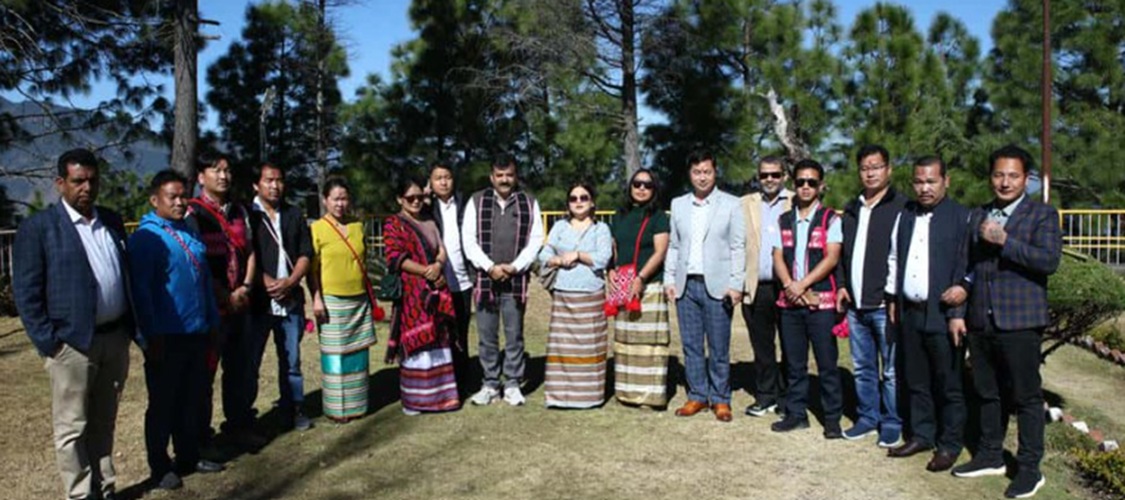Guwahati: Arunachal Pradesh Women and Child Development Minister Dasanglu Pul visited Uttarakhand’s Tehri Dam on Monday to study its widely regarded Rehabilitation and Resettlement (R&R) model, as the state looks to adopt best practices for upcoming hydropower projects.
The visit comes ahead of the proposed 1,200 MW Kalai-II Hydro Electric Project in Anjaw district, for which the state government is preparing a comprehensive R&R framework.
Pul interacted with senior officials of THDC India Ltd, including Chief Technology Officer L.P. Joshi, General Manager Vijai Sehgal, and other technical experts, as well as representatives from the Tehri district administration.
Pul said the Tehri Dam experience offered key insights into land acquisition processes, livelihood restoration strategies, and community rehabilitation measures that balanced development with social welfare.
“The lessons learned here will guide us in creating a sustainable and people-centric rehabilitation plan for Kalai-II,” she said.
The Tehri Dam, one of India’s tallest and most complex hydropower projects, stands at 260.5 metres on the Bhagirathi River and produces more than 1,000 MW of electricity.
It has been recognised for its large-scale resettlement initiatives and social impact programmes executed by THDC India Ltd.
Emphasising the need for compassionate development, Pul said Arunachal’s hydropower expansion must remain sensitive to local communities and cultural contexts.
ALSO READ: Dharmendra stable and recovering, says Esha Deol amid health rumours
“Progress should never come at the expense of people’s livelihoods. Our approach will prioritise both growth and empathy,” she added.
The Rs 14,000-crore Kalai-II project on the Lohit River has already seen active community participation, with over 350 residents from 33 villages attending a recent public hearing organised by the Arunachal Pradesh State Pollution Control Board. Many of them stressed the need for transparent compensation and a strong R&R policy.
Pul’s visit to Tehri is being viewed as a key step in ensuring that Arunachal’s hydropower initiatives evolve with a clear focus on sustainability, inclusivity, and social responsibility.















